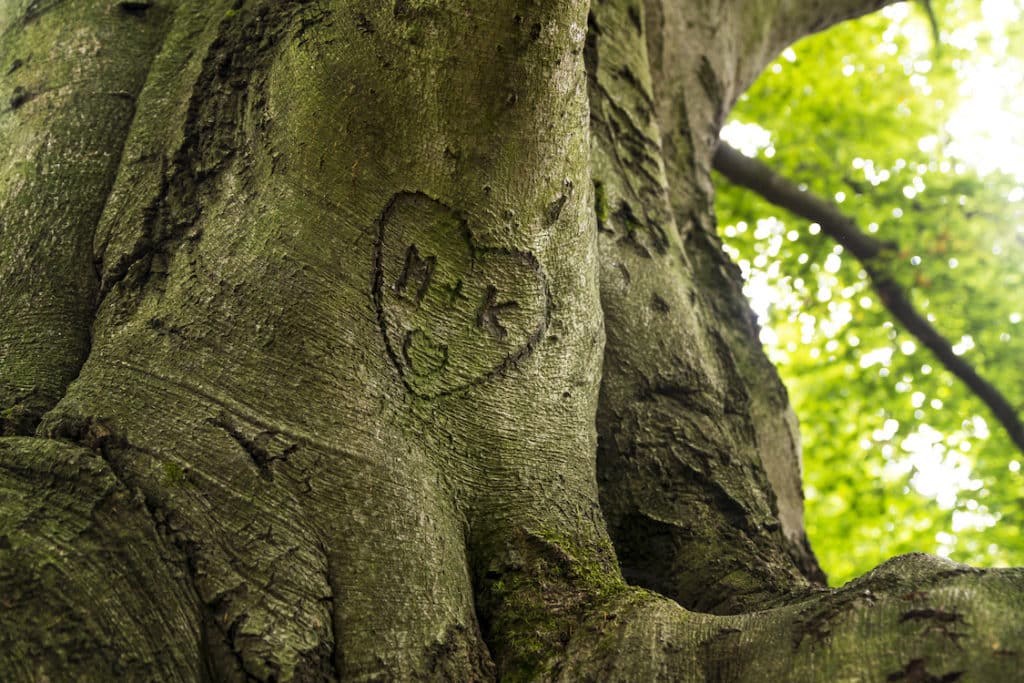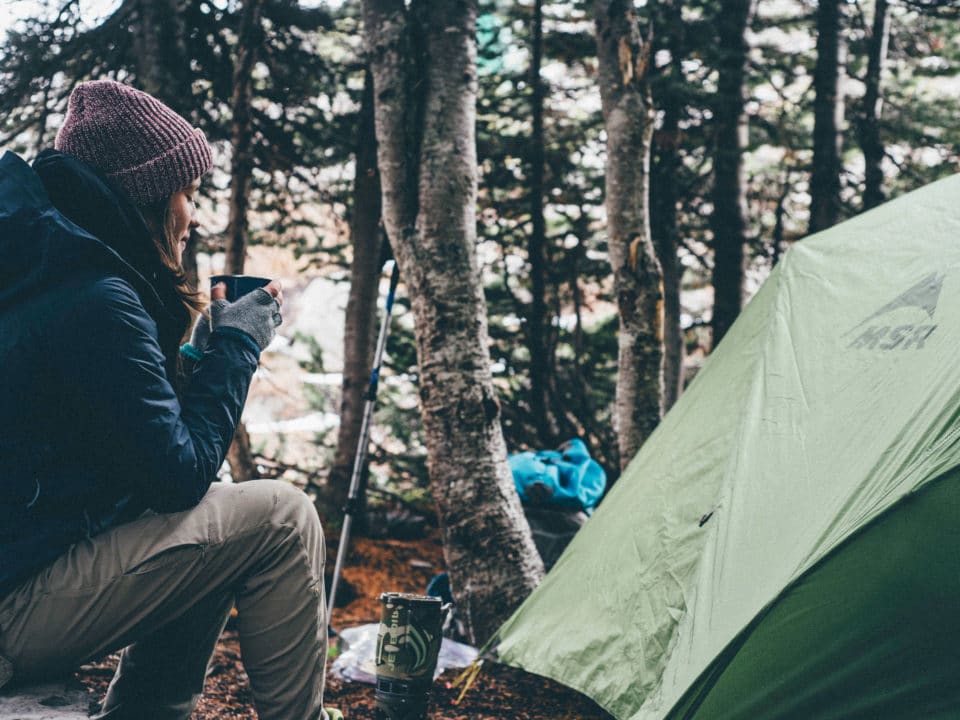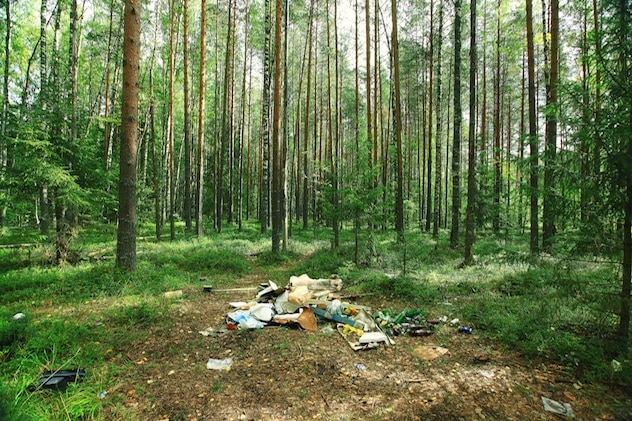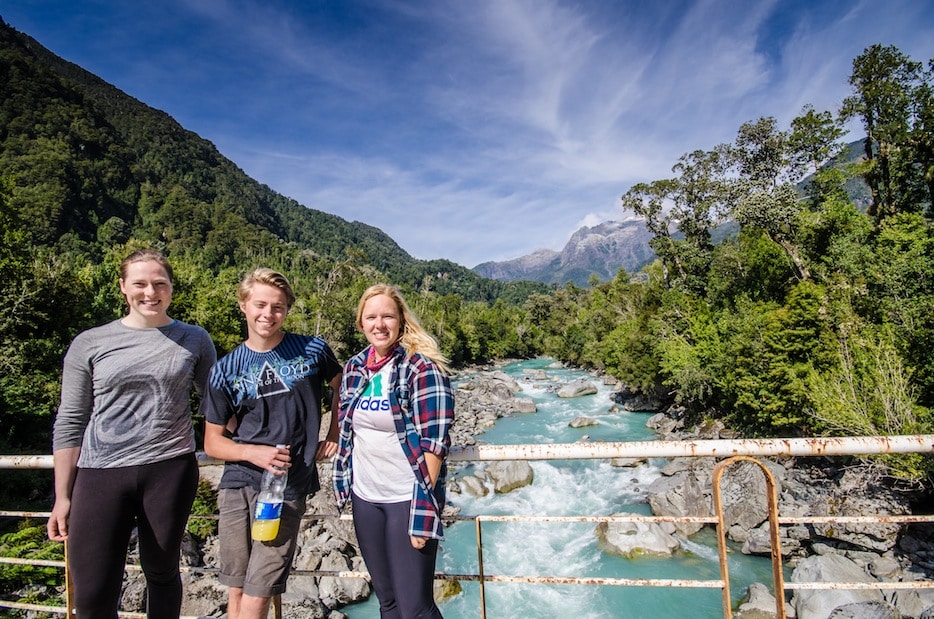The Art of Sharing Trails with Hikers, Bikes, Horses, and Dogs
Backcountry EthicsThere it is, middle fingers up, people screaming at one another, animals running amok. It’s just another day on the trails lost to behaviors that are normally reserved for Los Angeles traffic.
It doesn’t need to be this way.
So long as everyone’s aware of the rules and then follows them, hikers, bicyclists, horses, and dogs can share the trails in peaceful harmony.
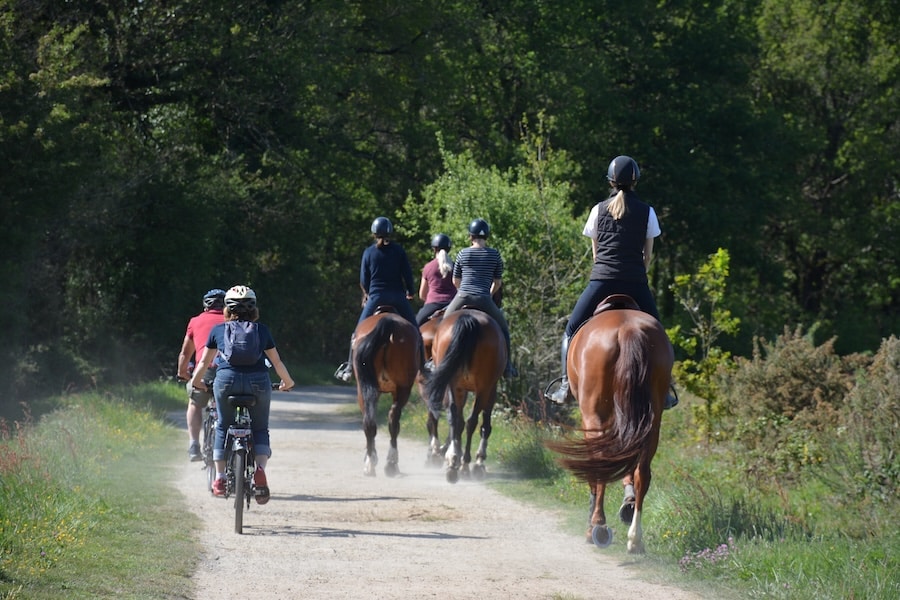
All of us should have access, as well as the right, to enjoy trails designated as multi-purpose. Open access is great. And, of course, the more access we provide to people who engage in diverse outdoor activities, the more money is available to maintain and expand trails, and the more voices we have to ensure that trails remain intact.
Yes, access for many is great for everyone until it isn’t. I have witnessed abominable behaviors — physical fights, trash talking, and worse — in my time on trails. More often than not, one or all of the guilty parties were at fault, usually because they weren’t cautious, didn’t know or practice proper trail etiquette, or lacked the skills to behave with a modicum of courtesy and civility.
In this post, I bring you up to speed on the rules and best practices that can make everyone’s time on trails more enjoyable.
Follow the Sign
Whenever you’re out on a trail, you’re wise to follow the signs, and I’m not just talking about trail markers. Here’s a sign that serves as a great visual for remembering who yields to whom on multi-use trails.
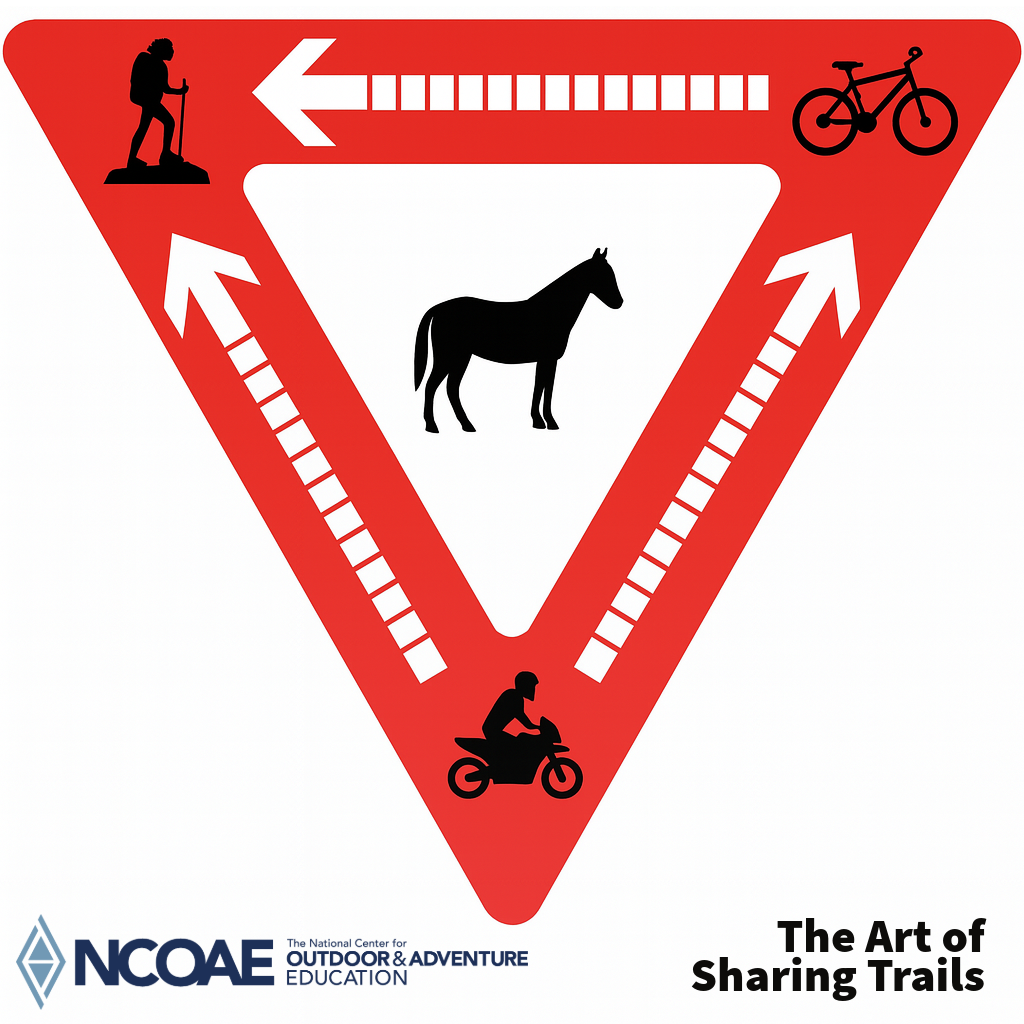
Here’s what it means:
- Bicyclists yield to hikers.
- Motor vehicles yield to hikers and bicyclists.
- Everyone yields to horses.
Easy. Right?
Among the things that make sharing trails and right of ways on trails difficult is that everyone on the trails is in motion. Hikers are moving at around three miles an hour. Cyclists commonly travel at speeds ranging from 10 to 30 miles an hour. Those on e-bikes are often hustling along in excess of 40 miles an hour. And horses typically walk, trot, or canter at speeds ranging from four to 15 miles an hour. These differences in speeds can lead to potentially dangerous encounters, which, in turn, can trigger fear or frustration. Either of those emotions can quickly turn to anger.
Many trail users think of trails as being (more…)
Fast Fashion Has No Place in a Leave No Trace Culture
SustainabilityOver the past couple of decades, outdoor adventure enthusiasts have developed a growing obsession with speed — fastest climber (ascent/descent), fastest cyclist, fastest downhill skier or snowboarder, fastest BASE jumper. Fastest, fastest, fastest.
Whether you actively compete in one or more of these categories or prefer a less competitive approach to human-powered outdoor activities, you’re at risk of getting swept up in the accelerating pace of everything in the world outdoor adventure, including fashion. Specifically, fast fashion.
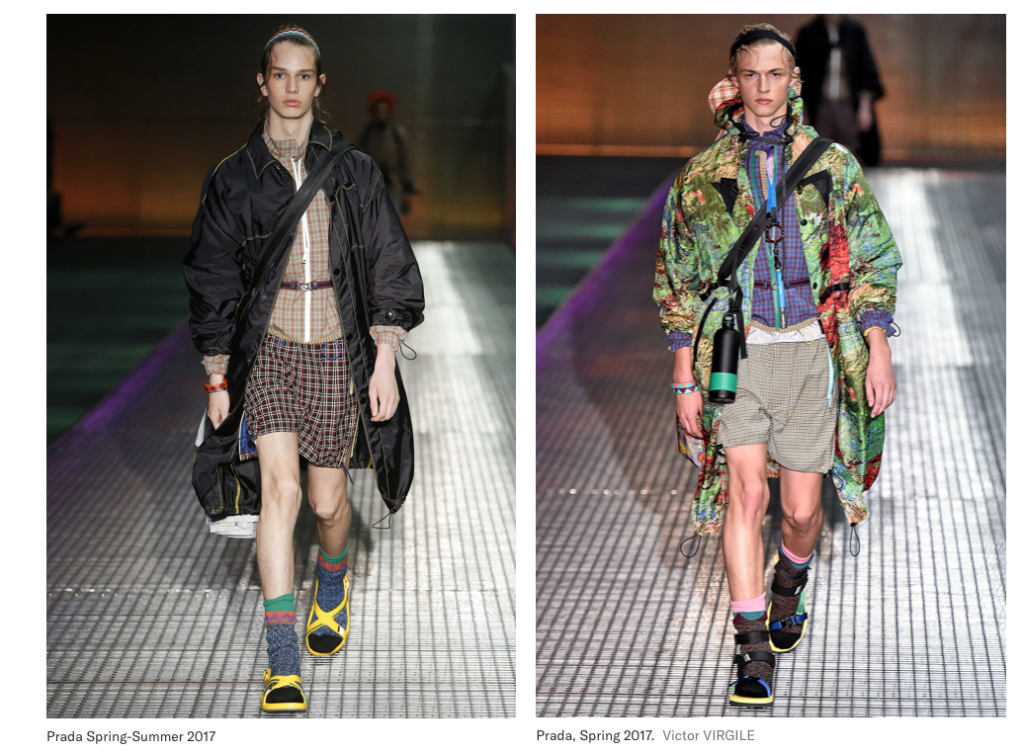
Yes, fast fashion and stylish outdoor gear is a thing, and it’s creeping into the world of technical outdoor apparel, threatening the values of the outdoor education and adventure programming community’s Leave No Trace (LNT) culture. It’s a trend we must resist, and dare I suggest, reverse.
What Is Fast Fashion?
Fast fashion is the mass production of inexpensive clothing, aggressively marketed and pushed out to consumers as quickly as possible to capitalize on ever-changing trends. Sometimes, a simple change in color, texture, or cut is enough to trigger a new trend. Wash, rinse, repeat.
Often, products that hit store shelves or online retailers appear well-made, with quality and longevity in mind. But when put to even the most basic tests, their flaws quickly become apparent. Since many consumers are willing to overlook poor quality in their pursuit of trendy, bargain-priced clothing, the cycle continues.
What most people don’t see are the hidden costs to the environment, to the workers making these products, and to the communities where they’re manufactured. According to the report Style That’s Sustainable: A New Fast-Fashion Formula (PDF): (more…)
Applying the Principles of ‘Leave No Trace’ to Daily Life in an Urban Setting
UncategorizedWhat is Leave No Trace?
The idea behind Leave No Trace is to embrace specific wilderness stewardship values in order to protect our backcountry areas for generations to come. Back in the early 1940s, Robert Baden-Powell, founder of the world Scouting movement, said, “Try and leave the world a little better than you found it.” Over time, this morphed into, “Always leave your campground cleaner than you found it.”
Fifty years later, in the early 1990s, that Leave No Trace concept was immortalized through an educational curriculum developed by the United States Forest Services in partnership with NOLS (the National Outdoor Leadership School). The outcome was an agreed framework for instilling awareness on the part of wilderness travelers to interact with nature in a manner that reduces human impact.
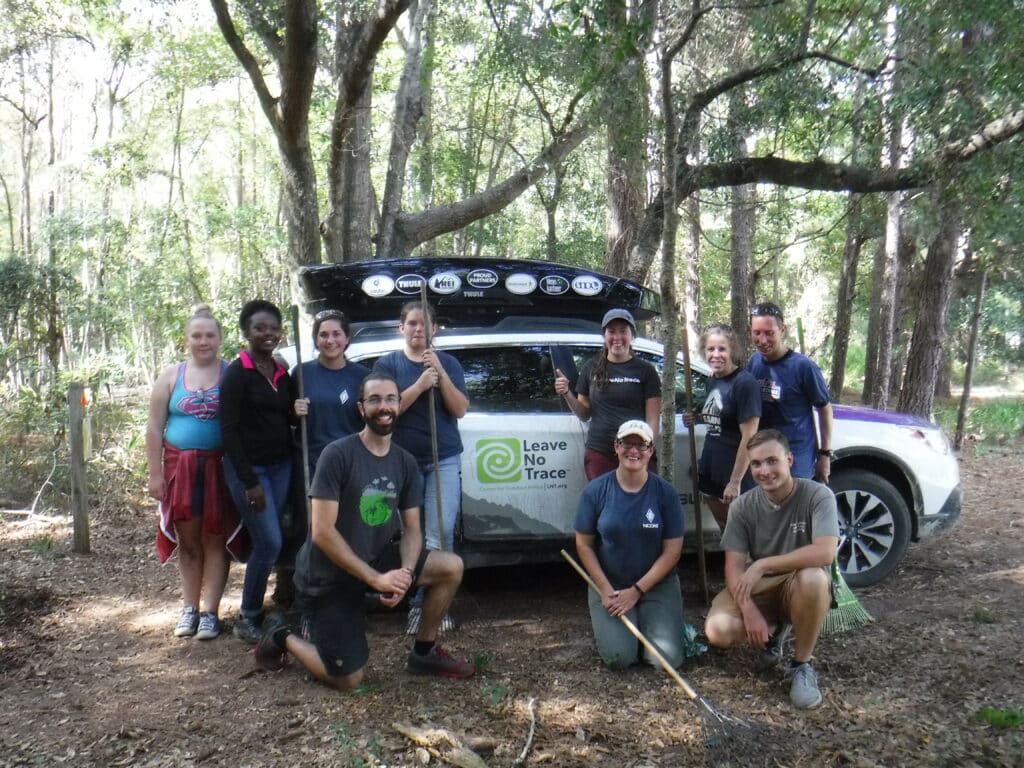
What is The Importance of Leave No Trace?
The idea behind Leave No Trace is to embrace specific wilderness stewardship values in order to protect our backcountry areas for generations to come. Today, that program — run by the Leave No Trace Center for Outdoor Ethics in Boulder, Colorado — impacts more than 15 million people in the United States and dozens of other countries with conservation initiatives, education, training, and research.
Baden-Powell’s simple sentiment more-or-less condenses the seven principles behind today’s Leave No Trace (LNT) program. The well-known LNT’s principles are: (more…)
Mother Nature Requests a Non-Disclosure Agreement on Secret Spots
WildernessYou’ve just finished packing up your gear and made sure that your favorite secret camping spot is in better shape than when you arrived. You’ve disposed of your waste properly and minimized your impact.
Suddenly, someone stumbles out of the tree line with a couple of sidekicks, tosses down a backpack and pulls a smartphone out of their cargo pants.
Two dozen photos and a short video later, all three cram their cell phone back in their shorts and excitedly speak how pristine the spot is. “This is great! And there’s hardly anybody here,” one of them says to another. “I can’t wait to post this stuff on Instagram and show everybody where we camped this weekend!”
With the advent of texting, tweets, drones with really good cameras, and phones that can take and post 12-megapixel photos and 4K video — along with their coordinates — it’s obviously past time to consider a nondisclosure agreement for Mother Nature’s treasured and off the beaten path locations.
The simple fact is wilderness (and the backcountry in particular) is taking a beating. And we all know what happens when Mother Nature isn’t happy.
Scientists Battle Location Giveaways on Social Media
Here’s a real-life example of why nature needs a nondisclosure agreement. I was guiding a research scientist on a trip to find an ancient bald cypress tree for his research. We spent hours paddling around to find the old tree, and when we did, the scientist wrote down the coordinates. He didn’t even share those coordinates with me in fear I might geotag a photo and post it online.
When I asked him to explain his clandestine actions, he told me that an enormous amount of damage has been done to ancient trees because coordinates have been posted along with pictures. He now refuses to geotag any of his posts.
And he has an excellent point. Close your eyes for a moment and picture that favorite spot that you found in your local woods, secret climbing crag, or untapped surf location. Now imagine dozens of billboards advertising those treasured spots, each boasting a million views and offering exact directions to each.
I can hear your screams from here. Can you hear mine? You would be angry on a volcanic level. (more…)
‘Free Range’ Mountain Bike Advocates Seek Access to Wilderness Areas
Land ManagementStrange and interesting things are afoot in the human-powered outdoor recreation community, and if you’ve been paying attention to issues surrounding the use of wilderness areas lately, what follows here might not come as a surprise.
What has emerged is a growing division among outdoor enthusiasts as to whether or not mountain bikes should be allowed in designated wilderness areas. The question, which has turned controversial as of late, fosters fears that mountain bike organizations are beginning to align themselves with companies, organizations and politicians insisting on making their way into wilderness areas for resource exploration.
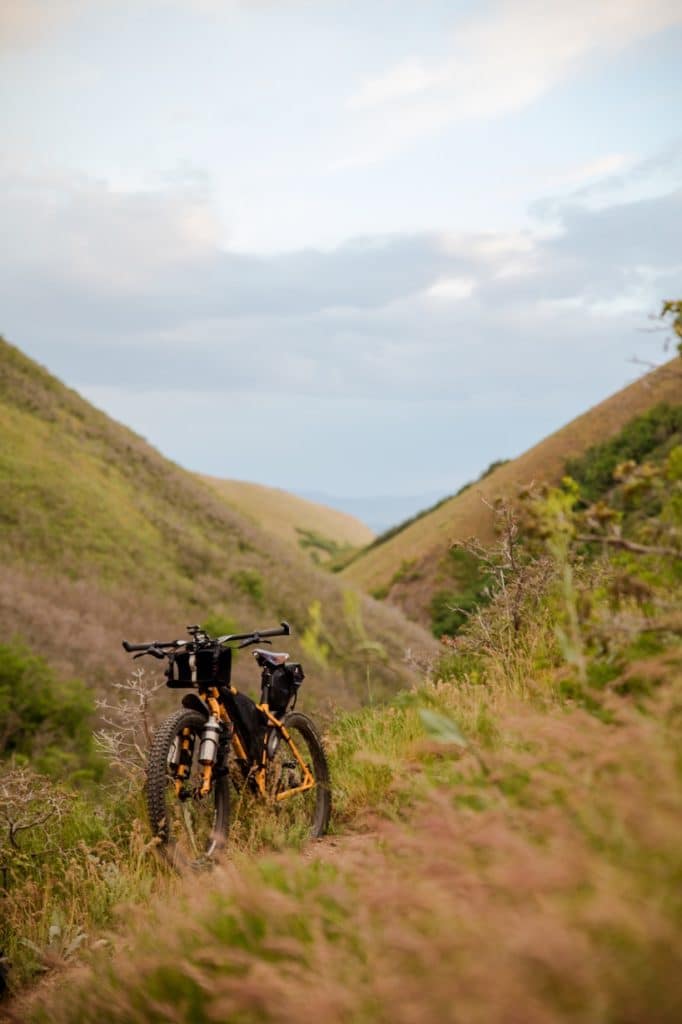
Photo by Patrick Hendry | Sourced from Unsplash
But first, a brief description of how the U.S government defines wilderness:
“The Wilderness Act, signed into law in 1964, created the National Wilderness Preservation System and recognized wilderness as “an area where the earth and its community of life are untrammeled by man, where man himself is a visitor who does not remain.” The Act further defined wilderness as “an area of undeveloped federal land retaining its primeval character and influence without permanent improvements or human habitation, which is protected and managed so as to preserve its natural conditions.“
That description also specifies that (more…)
Leave No Trace Figures Big in NCOAE’s Curriculum
NCOAE Curriculum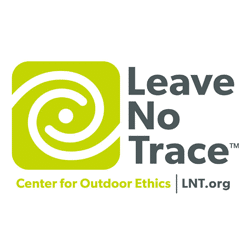 We’re sure the good folks over at the Leave No Trace Center for Outdoor Ethics know this, but tt was Robert Stephenson Smyth Baden-Powell, the father of Boy Scouting, who coined the phrase, “Try and leave this world a little better than you found it.”
We’re sure the good folks over at the Leave No Trace Center for Outdoor Ethics know this, but tt was Robert Stephenson Smyth Baden-Powell, the father of Boy Scouting, who coined the phrase, “Try and leave this world a little better than you found it.”
This retired British Army officer and founder of the scouting movement was adamant about improving the environment back in 1910 — especially on the trail — and his rule was later revised to, “Always leave the campground cleaner than you found it.”
We here at The National Center for Outdoor Adventure & Education (NCOAE) are big fans of this “First Chief Scout,” who among many other wilderness rules, principles and musings, once said, “A week of camp life is worth six months of theoretical teaching in the meeting room.”
Figuratively speaking, that’s a page right out of our own curriculum.
Experiencing the outdoors outside far surpasses any classroom study or indoor book reading on the topic of (more…)
5 New Staff and Instructors Join the NCOAE Family
Working at NCOAEHere at The National Center for Outdoor Education & Adventure Education (NCOAE), we recently welcomed three new field instructors, a climbing instructor and a program coordinator to our outstanding team of staff members.
Earlier this year, these five candidates — two women and three men — successfully completed our Winter 2017 Instructor Candidate Training Program, becoming part of a staff treasure trove that annually attracts some of the best outdoor and experientially-based wilderness educators in the country.
 Much of the success of our Instructor Candidate education goes to our training program, where NCOAE instructors work directly with candidates who — on their own steam — are highly qualified outdoor educators.
Much of the success of our Instructor Candidate education goes to our training program, where NCOAE instructors work directly with candidates who — on their own steam — are highly qualified outdoor educators.
Many of these candidates have worked for top-drawer wilderness organizations, and our training serves as a means of taking their experience and fine-tuning it to fit NCOAE’s extremely comprehensive curriculum.
Our candidates tell us that despite their prior instructor training and experience, an intensive week of training at our North Carolina headquarters only serves to ratchet up that experience, giving them something more meaningful when guiding and instructing in the field with NCOAE’s students and participants.
But enough about us. Let’s meet these five new NCOAE staff members: (more…)
Cheers to You and Us!
About NCOAEAs 2016 comes to an end, we’re honored to take a moment out from our end-of-year activities to say thank everyone for their continued support and encouragement of The National Center for Outdoor & Adventure Education (NCOAE).
When our founders Zac & Celine Adair started this organization in 2009, their mission then for NCOAE was as clear as it is today — improve people’s self-confidence and interpersonal relationships through the teaching of a core curriculum emphasizing teamwork, environmental stewardship and the acquisition of technical outdoor skills. We’ve come a long way since 2009, and guided by that same mission, 2016 has been another year of phenomenal growth.
A few key highlights: (more…)
Let’s Start a Conversation About Land Use Management
WildernessMore and more individuals, families and outdoor organizations are going to great lengths to enjoy wilderness experiences in our national forests, but with this exploding trend, how are we addressing the impact on natural resources? What does the future hold for outdoor recreation areas and natural setting outdoor classrooms?
As professional members of the outdoor industry, we are constantly trying to increase the numbers of programs and the number of students who participate in outdoor recreation and adventure programming endeavors. We look for course areas that are pristine — mostly because no one else is visiting those areas — yet. But the reality is this: If we are researching an untouched course area for our organization, you can bet there are a hundred others doing the same thing.
As educators and outdoor education administrators, we know that in order to appreciate and protect a natural space, have to engage with it. To be shaped by the beauty of the outdoors, you must be given the opportunity to live in it. How can you appreciate and protect something you’ve never engaged with or seen?
The outdoor industry has been working with the (more…)
Spend Thanksgiving in Patagonia With NCOAE’s 31-Day Outdoor Educator Training
Outdoor Educator TrainingWhat are your plans for Thanksgiving? Here at The National Center for Outdoor & Adventure Education, we’re expanding our outdoor educator-training program on a global scale and announcing a month-long training expedition that culminates in a Thanksgiving celebration in Patagonia — a remote region at the southernmost end of South America that is shared by Argentina and Chile.
That’s a large leap from our outdoor educator training programs in North Carolina on the Eastern seaboard and Oregon and California out West. But we’re excited to be spreading our wings, and we’re even going a step further by planning a second overseas training expedition next spring — this time to Kenya for a 33-Day Outdoor Educator Instructor Training – East Africa.
But first, back to our Patagonia training. The 31-Day Outdoor Educator Instructor Training – Patagonia is co-ed and targets college students, classroom teachers and novice outdoor educators who are 18 years and older. Tuition is just $6,600. We fly from Houston, Tex., and land in Santiago, Chile, where our local team has already worked out an invigorating itinerary.
Chile is a land of extremes, from the snow-capped volcanoes of Patagonia and dizzying heights of the Andes, to the driest desert on earth and the extensive southern glacial fields. We’ll be exploring some of the most beautiful mountains and rivers in the world, and we’ll see it with fellow explorers who have the same enthusiasm and zeal for the outdoors and education that you do.
And when it comes to gaining the experience and knowledge to become an outdoor educator, there are few better “classrooms” than Patagonia and the (more…)
Sign Up For Our North Carolina Leave No Trace Trainer Course
Training & CertificationsIf you’re really interested in making the wilderness your home office, there are few programs that can get you started that are as basic and important as our Leave No Trace Trainer Course.
 Even if you have experience as a wilderness guide or outdoor educator, this two-day training gets you to a point where you can enthusiastically acquire, endorse and practice the seven principles that make up the successful Leave No Trace (LNT) philosophy.
Even if you have experience as a wilderness guide or outdoor educator, this two-day training gets you to a point where you can enthusiastically acquire, endorse and practice the seven principles that make up the successful Leave No Trace (LNT) philosophy.
Best news yet: We’ve still got space available for our Sept. 4 and 5 LTN Trainer course, which takes place in Wilmington, N.C. We’ve worked with LNT to ensure this course is ideal for educators, guides, agency employees and other outdoor education professionals. Successful graduates gain skills to teach Leave No Trace techniques and ethics to their co-workers, clients, friends and family.
Ours is a short and simple course — unlike the more advanced Master Educator LNT Training. And that’s not a bad thing, because as a result, it’s (more…)
TALK TO US
Have any further questions about our courses, what you’ll learn, or what else to expect? Contact us, we’re here to help!
